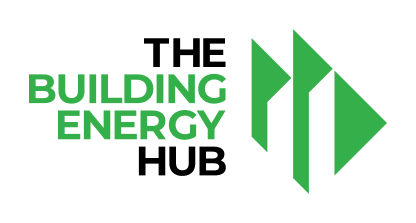Decarbonization Planning Guide
Develop Your Decarbonization Plan
Renewables and Grid Edge Improvements
Add value through renewable energy assets on your building.
Onsite renewable energy sources, battery storage, and other improvements can add significant value to your building by forging a greater connection between your building and the grid. These technologies, together with new controls and business models, make up the “grid edge”—a system on the boundary between the electric grid and utility customers that allows customers to sell as well as purchase power.
Many of these technologies are often called
distributed energy resources, or DERs.
On-site Solar
Many buildings have solar (or photovoltaic) panels on the building’s roof or on land adjacent to the building. This strategy often lets a building get at least some of its electricity directly from a renewable source.
How much of a building’s energy can be provided by onsite solar depends on several factors: the size of the building and its surrounding area, the amount of shade from nearby structures or objects, the structural ability of the roof to support solar panels and inverters, and the total electrical load of the building.
Efficient buildings with plenty of area on their roof or lot might be able to meet all their energy needs with onsite solar, while less efficient buildings with limited space might be only able to meet a portion of their electricity needs. However, even in these partial cases, onsite solar can be a reliable and cost-effective way to reduce a building’s emissions.
Battery Storage
Large rechargeable batteries can store electrical energyLarge rechargeable batteries can store electrical energy either from onsite renewables or from the grid when times are favorable, then discharge and power the building during times of high demand on the grid. This makes battery storage an attractive option, especially for buildings under rate schedules with high demand or time-of-use charges. Batteries can also be a way to participate in utility demand-response events without reducing building services.
Batteries can also contribute to a building’s resiliency, or its ability to continue operating during power outages or other natural disasters. If service from the grid is interrupted for any reason, the building can operate for a limited time on its batteries until grid power is restored.
Grid Edge
The grid edge plays an important role not only in decarbonizing buildings, but also ensuring the security and reliability of the electrical grid. The grid edge is defined as all the equipment and infrastructure in a building owned by the customer and connected to the electric meter, including controls and software.
Grid edge equipment can include onsite DERs such as solar PV, EV charging stations, battery and thermal storage, as well as smart thermostats, HVAC equipment, and building automation and controls software.
All this equipment is connected to the internet and can interact with the utility, which allows for a two-way conversation between the grid and the building. For instance, a customer with high levels of onsite generation can sell surplus power to the grid, while other customers can shed electric loads during periods of high demand.
Multiple buildings with grid-edge capability can join to form a “microgrid,” which can make them more resilient. During natural disasters or other power outages, the various members of the microgrid can work together to provide essential services even when the larger grid is inoperative.
Key Renewable Energy and Storage Questions
- How can renewable energy and storage contribute to my GHG emission reduction goals?
- How does the location of renewable energy impact other systems such as location for new HVAC equipment?
- Is my roof in good condition, and can it structurally support roof-top solar?
- How could battery storage best improve resiliency and lower operational costs?
- What does my building need to do to take advantage of new grid edge technologies?
Future proofing considerations
When making electrical upgrades, consider adding smart panels to support grid-edge applications.
Batteries can support resiliency efforts but may still need to be incorporated in conjunction with more conventional generators.
Creating space for thermal storage may support a transition from partial to full displacement of combustion heating at a later date.
Additional considerations
It is important to consider cybersecurity when installing grid-interactive equipment in your building. Hackers can attempt cyberattacks on grid edge equipment like any other internet-connected device, and as the grid itself becomes more connected hackers will have opportunities to mount an attack on the larger network. Ensure that equipment and software have security features such as password protection and secure communications and regularly maintain and update security best practices within your organization’s IT department.
Links to Resources
- ComEd Net Metering Info Page
- Ameren Illinois Net Metering Info Page
- What Are Demand Response Programs? (ComEd)
- Demand Response in Ameren Illinois
- ASHRAE’s Grid Interactive Building Guide for Decarbonization
- Greentech Media - What Is the Grid Edge?
- ASHRAE’s Grid Interactive Building Guide for Decarbonization


